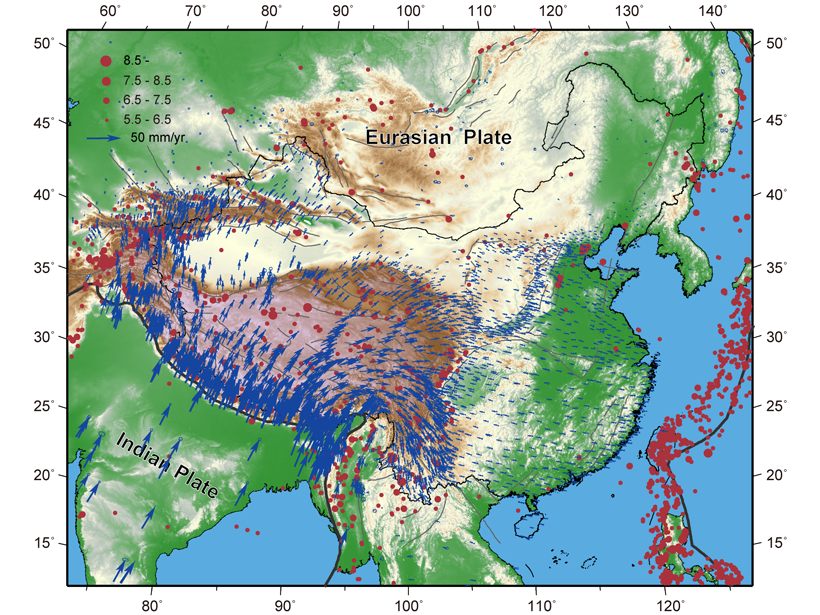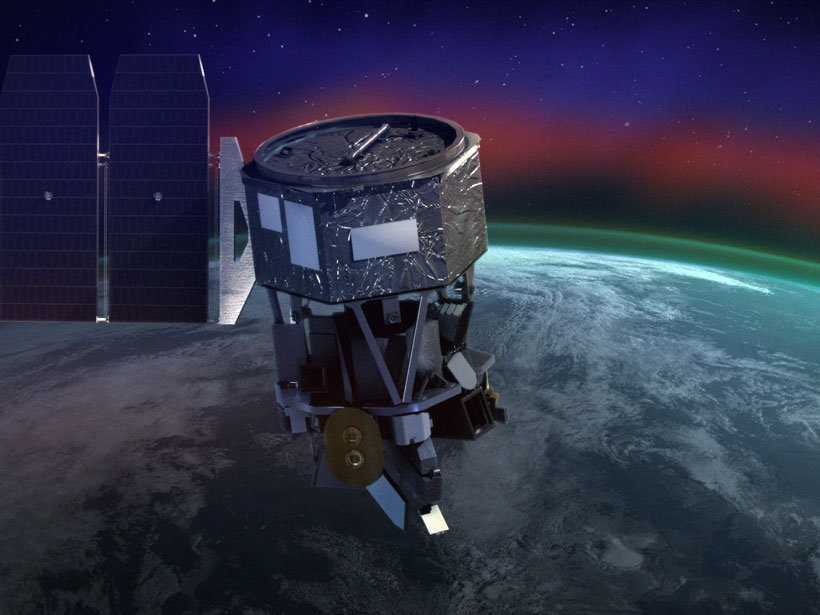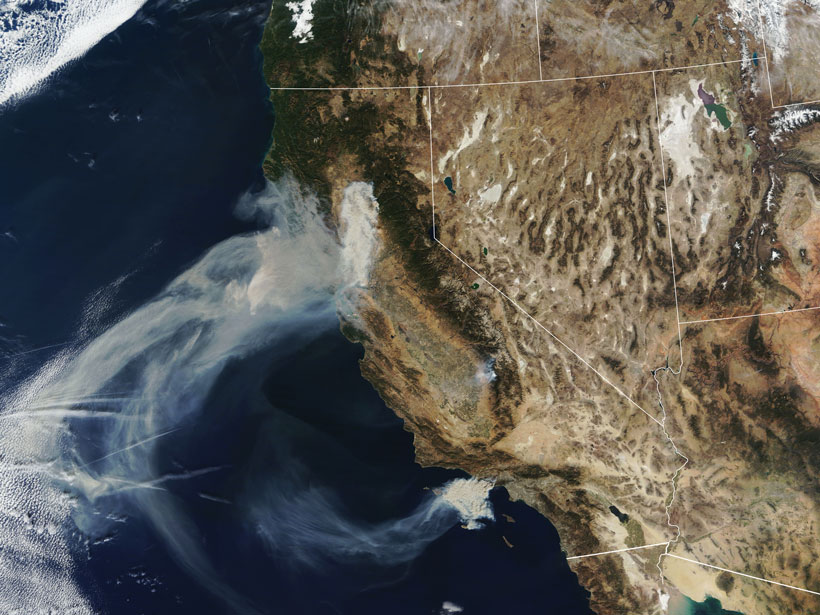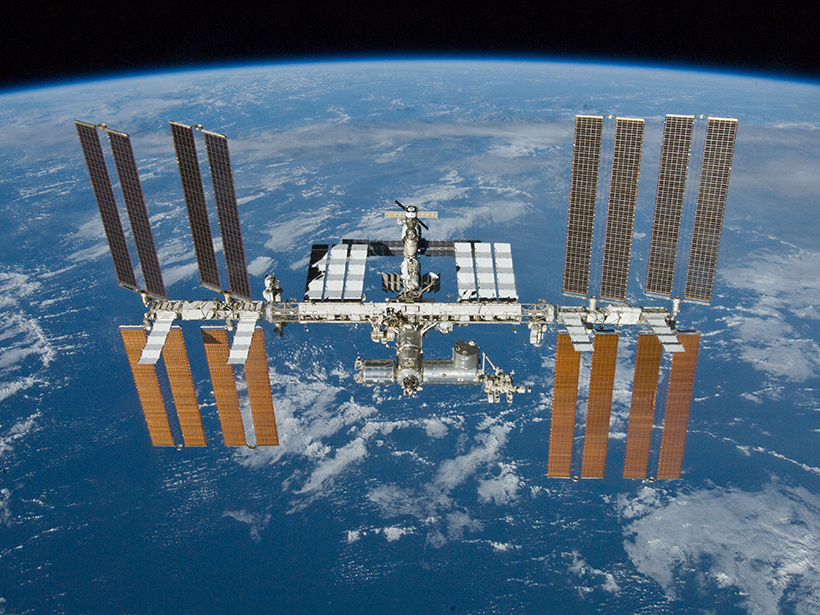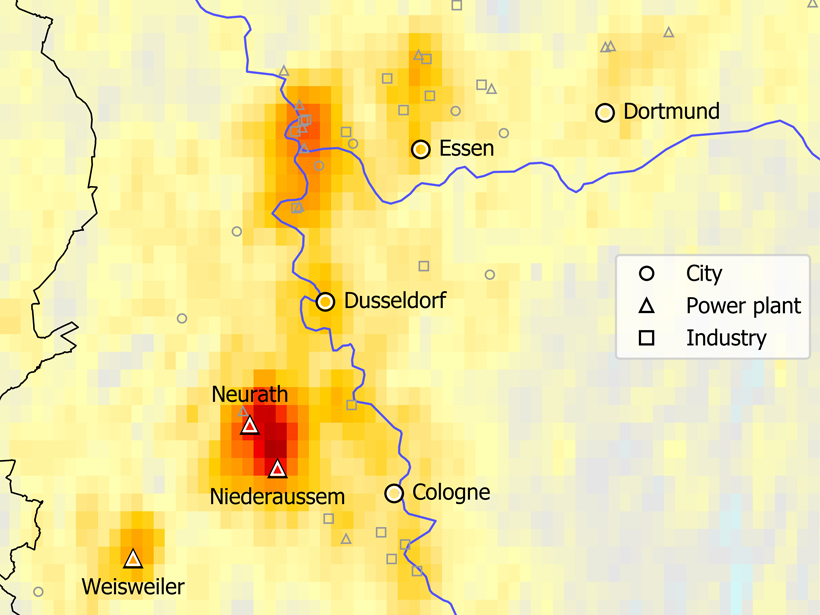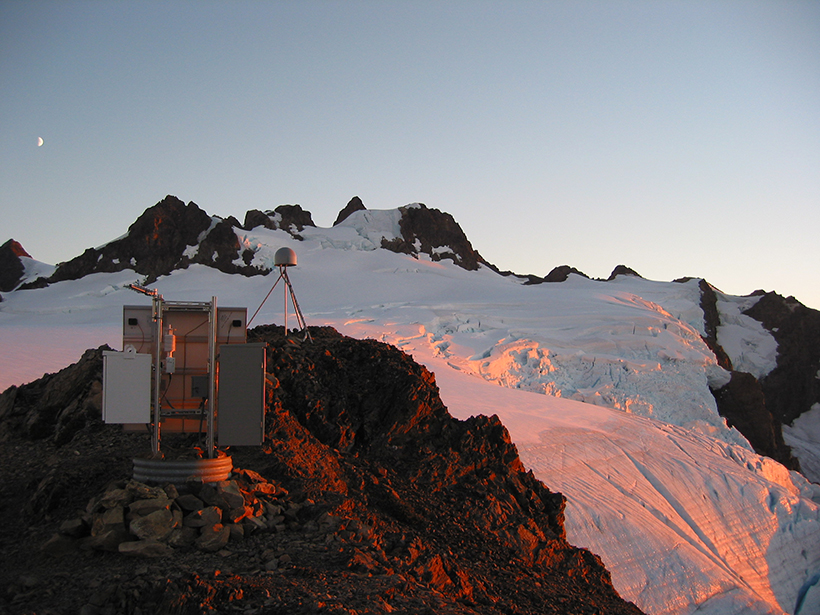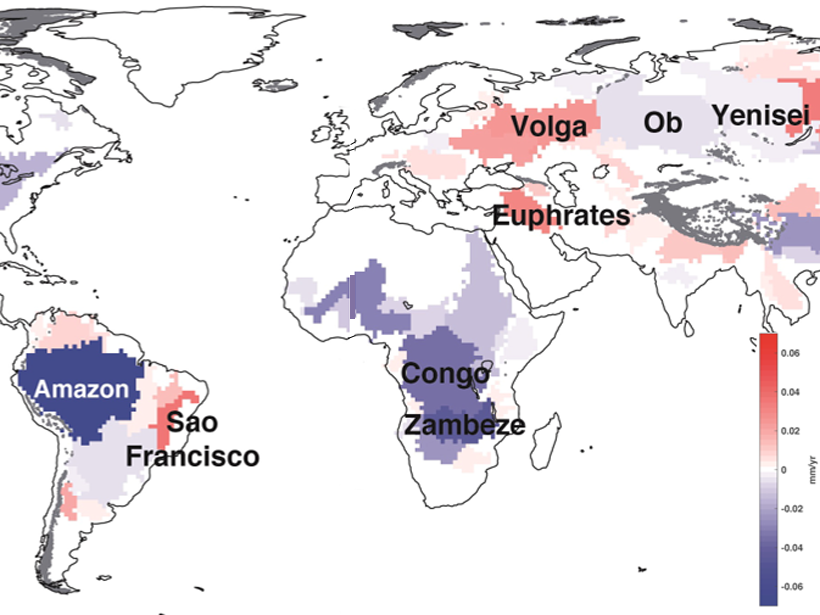Researchers used the largest GPS data set yet to examine deformation of the crust across continental China and its implications for tectonic activity.
satellites
Leveraging Satellite Sensors for Oil Spill Detection
By using multiple remote sensors, scientists can quickly estimate the nature and thickness of oil spills—important factors for containment efforts.
Space Traffic Management: Better Space Weather Forecasts Needed
Better forecasts of space-weather driven changes in thermospheric density are urgently needed to ensure safe management of the rapidly growing volume of space traffic in low Earth orbit.
How to Launch a Satellite During a Blackout
PG&E shut down the power to Berkeley’s Space Sciences Laboratory right before a satellite launch.
A Global Perspective on Wildfires
Satellites provide global-scale data that are invaluable in efforts to understand, monitor, and respond to wildfires and emissions, which are increasingly affecting climate and putting humans at risk.
Atmospheric Drag Alters Satellite Orbits
A new modeling study shows how the density of the thermosphere influences the paths of satellites in low Earth orbit.
Pinpointing Emission Sources from Space
Satellite data combined with wind models bring scientists one step closer to being able to monitor air pollution from space.
Seismic Sensors in Orbit
Navigation satellites are enabling high-precision, real-time tracking of ground displacements, supplementing traditional methods for monitoring and assessing earthquakes.
Satellite Measurements of Stratospheric Forest Fire Smoke
Intense boreal forest fires in August 2017 caused smoke plumes that reached record levels in the stratosphere; satellite measurements show that the effects rivaled a moderate volcanic eruption.
A Closure on Sea Level Rise Budget
Terrestrial water loss may explain the lack of previous budget closure in global mean sea level rise.

